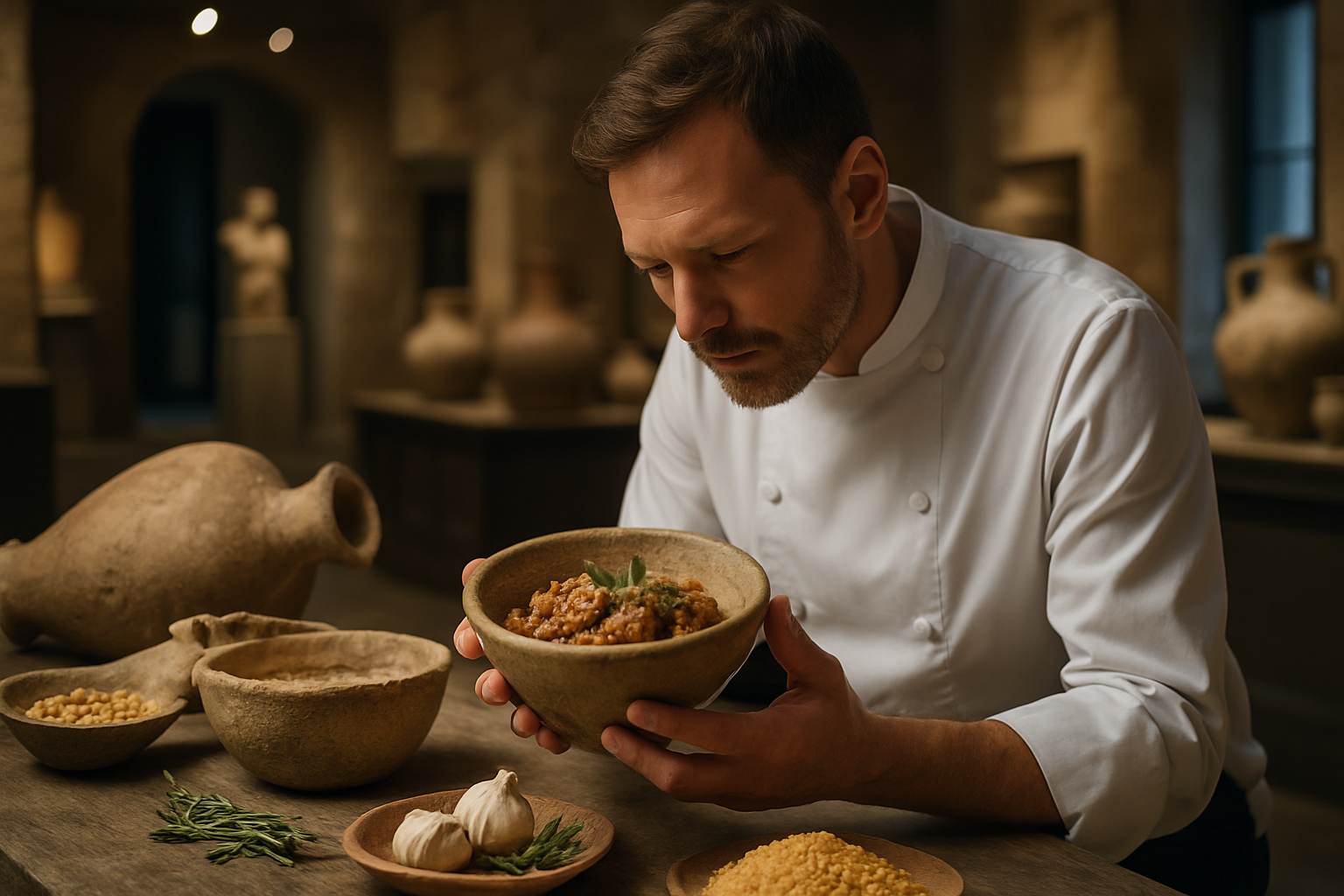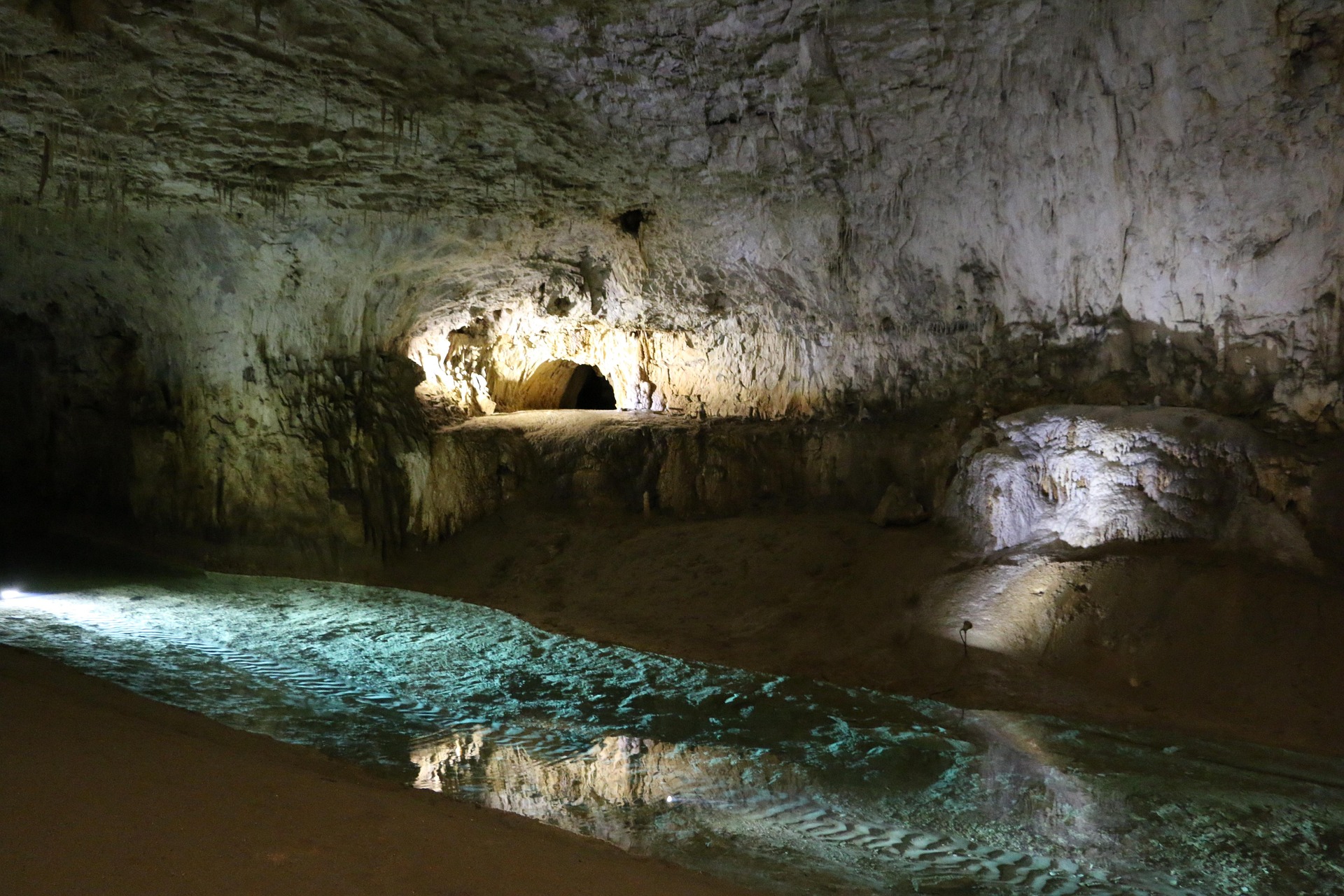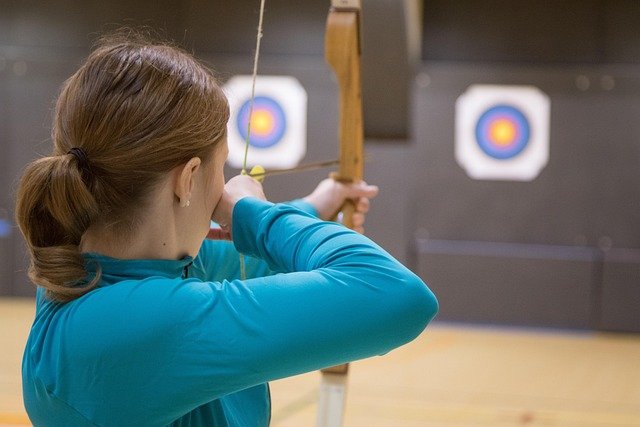Exploring the World Through Culinary Time Travel
Embark on a gastronomic journey that transcends both space and time. Culinary time travel is revolutionizing the way adventurers experience destinations, offering a unique blend of history, culture, and flavor. This innovative approach to exploration allows travelers to immerse themselves in different eras through authentic, period-specific cuisine, providing a sensory portal to the past that goes beyond traditional sightseeing.

The roots of culinary time travel can be traced back to living history museums and historical reenactments. However, it has evolved into a sophisticated form of travel that engages all the senses, allowing participants to taste, smell, and even recreate dishes from bygone eras. This immersive approach provides a deeper understanding of historical cultures and lifestyles, making it an educational as well as enjoyable experience.
The Rise of Historical Gastronomy Tours
In recent years, there has been a surge in the popularity of historical gastronomy tours. These curated experiences take travelers on a culinary journey through time, often led by food historians, chefs, and cultural experts. Participants might find themselves foraging for ingredients in ancient forests, cooking over open fires using period-appropriate utensils, or dining in authentically recreated historical settings.
Many tour operators now offer specialized itineraries focused on specific time periods or culinary traditions. For example, travelers can experience the opulence of a Roman feast in Italy, complete with reclining dining and dishes like honeyed dormice. In the United Kingdom, Tudor-themed banquets allow guests to dine like Henry VIII, sampling dishes such as peacock pie and hippocras wine.
Culinary Archeology and Its Impact on Time Travel Experiences
The field of culinary archeology has played a crucial role in the development of authentic culinary time travel experiences. This interdisciplinary approach combines archeological evidence, historical records, and scientific analysis to reconstruct ancient diets and cooking methods. Culinary archeologists work closely with chefs and food historians to bring long-lost flavors back to life, ensuring that modern travelers can taste dishes as they were enjoyed centuries or even millennia ago.
Recent discoveries in culinary archeology have led to the revival of ancient brewing techniques, the rediscovery of forgotten ingredients, and the recreation of meals from civilizations like ancient Egypt and Mesopotamia. These findings not only enhance the authenticity of culinary time travel experiences but also contribute to our understanding of human history and cultural evolution through food.
Technological Innovations Enhancing Time Travel Cuisine
Advancements in technology are taking culinary time travel to new heights. Virtual and augmented reality are being incorporated into dining experiences, allowing travelers to visually transport themselves to different historical periods while enjoying period-specific meals. For instance, diners might wear VR headsets that recreate the ambiance of a 18th-century Parisian salon while savoring dishes from that era.
3D food printing is another innovative technology being used to recreate historical dishes with unprecedented accuracy. This technique allows chefs to replicate intricate food designs and textures that may have been lost to time, bringing a new level of authenticity to culinary time travel experiences.
The Educational Value of Culinary Time Travel
Beyond its entertainment value, culinary time travel serves as an powerful educational tool. By engaging with historical cuisines, travelers gain insights into the agricultural practices, trade routes, and social structures of past societies. This hands-on approach to learning about history through food appeals to a wide range of travelers, from families with children to academic researchers.
Many culinary time travel experiences now include workshops and interactive elements that teach participants about historical cooking techniques, ingredient sourcing, and the cultural significance of various dishes. This educational aspect adds depth to the travel experience, fostering a greater appreciation for global culinary heritage and the evolution of food cultures.
Savoring the Past: Essential Tips for Culinary Time Travelers
• Research the historical context of your chosen era to fully appreciate the culinary experience
• Pack period-appropriate attire if participating in immersive historical dining events
• Be open to trying unfamiliar flavors and ingredients that were common in past eras
• Look for experiences that combine meals with other historical activities for a more rounded journey
• Consider food allergies and dietary restrictions when booking, as historical menus may not easily accommodate modern dietary needs
• Engage with guides and hosts to learn about the stories behind the dishes you’re tasting
• Document your culinary time travel experiences through journaling or photography to preserve the memories
As culinary time travel continues to evolve, it offers a unique and immersive way to explore the world’s rich cultural heritage. By engaging all the senses and providing a tangible connection to the past, this innovative form of tourism is redefining the boundaries of experiential travel. Whether you’re a history enthusiast, a foodie, or simply an adventurous traveler seeking new experiences, culinary time travel promises a journey that will tantalize your taste buds and expand your understanding of human history through the universal joy of sharing a meal.





